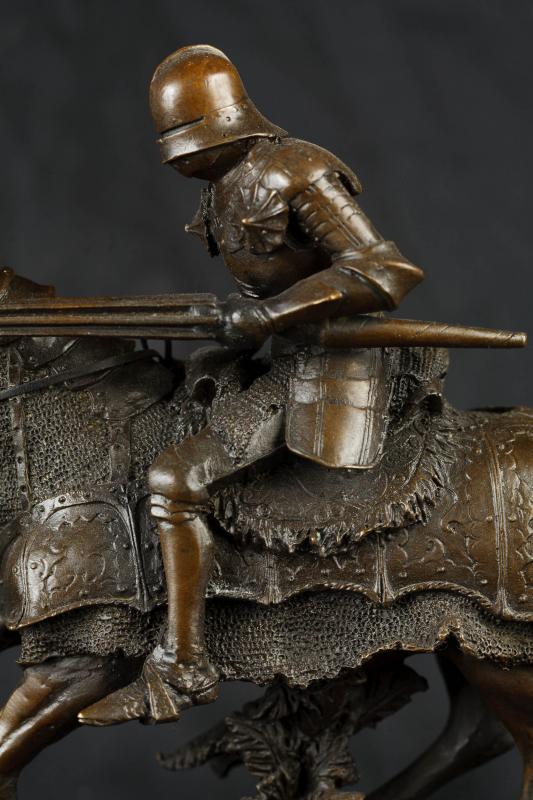 |
| Did terrestrial life start in the late heavy bombardment? |
- Sun and Moon affect tides, which affect marine life ranging from viruses to blue whales. Tidal effects probably extend down into the crust which is also home to bacteria and viruses. The cyclic motions and eclipses of celestial objects, together with the Earth’s magnetic field, have allowed birds and mammals to migrate over large distances.
- Sunlight is the energy source which through photosynthesis powers all microbes and plants, except that a few get their energy from reactions between inorganic chemicals of stellar origin.
- Solar energy, mostly ultra-violet (UV) , brings heat into the atmosphere and ocean, so that ice can be melted, water evaporated and a life friendly warm environment sustained. Although the Sun’s output has grown by 20-30% over the 4.3 billion year history of the Earth the surface temperature has remained life friendly.
- Cosmic rays from supernovae, gamma ray bursts and supermassive black holes non-randomly induce mutations in viruses, bacteria and the cells working within living organisms. This has permitted speciation in insects and microbes (and possibly worms) and microevolution in some higher life forms (e.g. Darwin’s finches).
- Supernovae (very hot stars in their death throes) manufacture iron and heavier elements used in life and civilization, either directly in the composition of soil, plants and animals, or indirectly by providing the radioactive heat sources (uranium and thorium isotopes) deep down in the Earth which drive plate tectonics and volcanism, both crucial to the biosphere’s evolution (e.g. the water cycle would be impossible without it).
- Stars have produced elements (notably carbon -12), simple compounds and organic complexes with up to 10 atoms, either internally or in circumstellar space, which are all part of the living systems here on Earth. Precursors of RNA and DNA together with some 200 other organic compounds have been produced in astronomical environs.
- Comets consisting largely of ice are thought to have replenished atmospheric water loss as they hit the Earth over the aeons. The water loss is due to due to cosmic ray bombardment driving water molecules into space.
- Meteors and meteoric dust amounting to millions of tons over the aeons have crashed and burned into the oceans, land and atmosphere with inevitable effects on organisms, especially during the late heavy bombardment of 3.8 - 4.15 billion years ago.
- Asteroid motion has been orchestrated by Jupiter, Saturn and Venus to result in mass extinctions as the asteroids hit the Earth over hundreds of millions of years. A rapid spurt of new life forms are created after every extinction event.
- Cosmic fine tuning (e.g to 100 decimal places in the case of the gravitational constant) was needed to allow all the processes of life and individual organisms to occur. Dozens of physical constants are adjusted in this way to permit biological life.
- Dark matter may be playing a role in these events, e.g. in guiding the motions of planets over billions of years or in affecting heat processes in the Earth’s core. Research on this is only just starting and given that exotic dark matter forms most of the universe its role in the biosphere could be fundamental.
- Quantum entanglement ('spooky action at distance') is now accepted as standard physics. It enables instantaneous interaction between certain particles e.g molecules originally sharing the same quantum state, regardless of separation, including some in biological systems. Probably the farthest apart organisms subtly influence each other with no time delay and given that all particles were entangled in the Big Bang singularity there could be atoms in organisms connected to anywhere in the universe at any time, past, present or future.
John Sears
Author, 2077: Knights of Peace
See also
Our Precious Planet
Deep mystery of existence
Posts by subject

